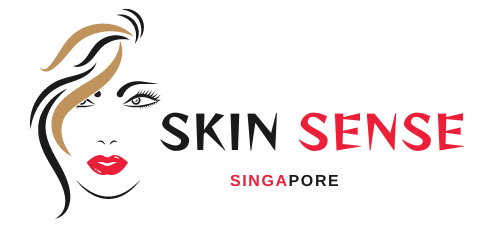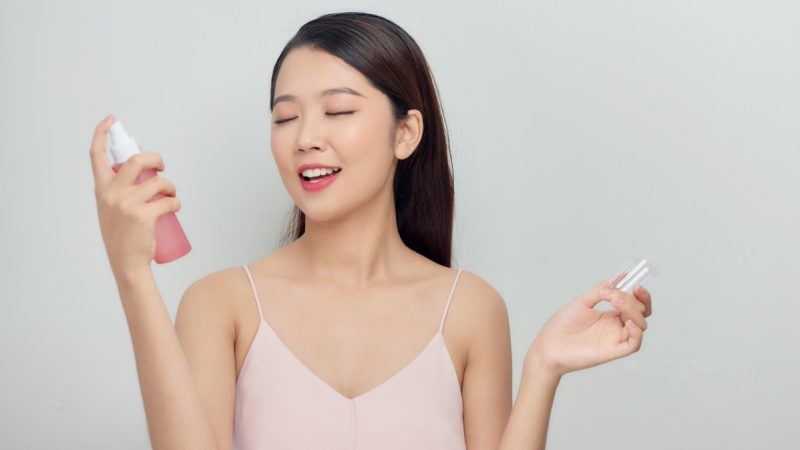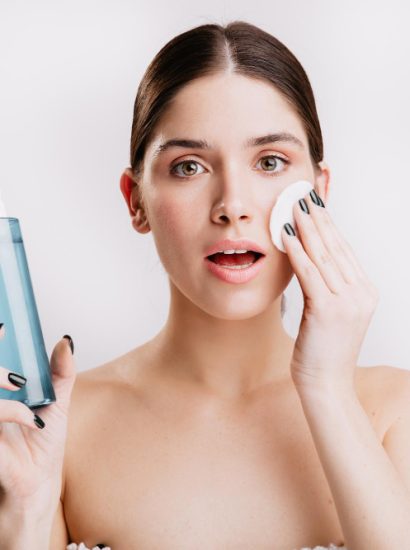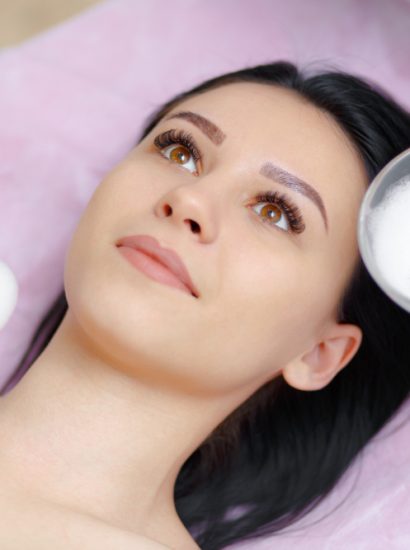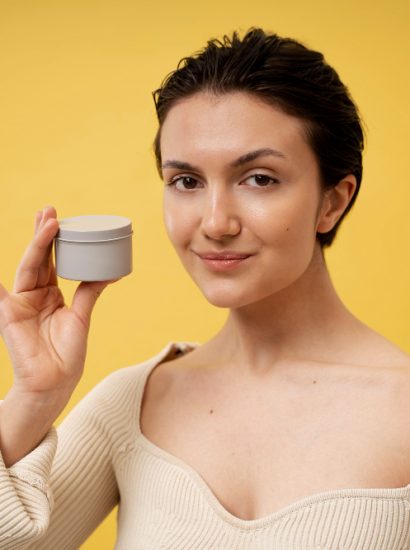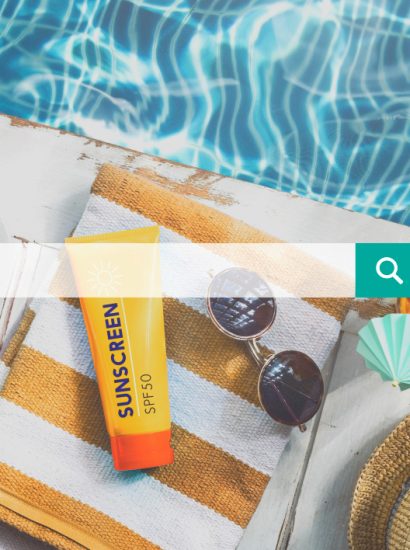The world of beauty can feel like a secret language full of confusing makeup terms — from baking and contouring to setting spray and primer. Whether you’re new to makeup or already experimenting with advanced looks, understanding these common makeup terms is essential.
In this guide, we’ll break down what each term means, why it matters, and how mastering makeup terminology can take your beauty routine to the next level. We’ll also show you how understanding makeup terms SEO can help beauty creators, influencers, and bloggers rank higher in Google search results.
Why Learning Makeup Terms Matters
Before diving into the glossary, let’s talk about why these words are more than just beauty jargon.
Knowing makeup terms helps you:
- Choose the right products for your skin type
- Follow tutorials more easily
- Communicate with makeup artists effectively
- Create or write beauty content that connects with your audience
- Improve your blog visibility using makeup terms SEO
Essentially, understanding the language of makeup empowers you to shop smarter, apply products correctly, and even boost your beauty brand’s online presence.
Primer – The First Step to Flawless Skin
Primer is the foundation before your foundation. It’s a lightweight cream or gel applied before makeup to smooth skin, minimize pores, and help products last longer.
Primers come in various formulas — mattifying, hydrating, pore-filling, or illuminating.
Choosing the right one depends on your skin type:
- Oily skin → mattifying primer
- Dry skin → hydrating primer
- Uneven texture → pore-filling primer
A makeup term worth memorizing, primer is your best friend for long-lasting, photo-ready looks.
Foundation – Your Canvas
When people talk about “building your base,” they’re referring to foundation. It evens out your skin tone and provides coverage.
Foundations come in multiple forms:
- Liquid: for a natural or dewy finish
- Powder: ideal for oily skin
- Cream: offers full coverage
- Stick: convenient for touch-ups
One of the most searched makeup terms SEO phrases online, “foundation” also forms the core of most makeup tutorials.
Concealer – The Secret Weapon
Concealer hides imperfections like dark circles, acne scars, or blemishes. It’s thicker than foundation and offers targeted coverage.
Makeup artists often use concealer to highlight certain areas like under the eyes or down the bridge of the nose — part of the popular contouring technique.
Tip: Choose a concealer one shade lighter than your foundation for a brightening effect.
Contouring & Highlighting – Sculpting Your Face
Two of the most trending makeup terms in recent years are contouring and highlighting.
- Contouring: uses darker shades to create shadows and define features (like cheekbones or jawlines).
- Highlighting: applies lighter shades to bring attention to certain areas, like the nose, brow bone, or chin.
These techniques help create dimension, giving your face a more sculpted and balanced appearance.
For content creators, using makeup terms SEO such as “how to contour and highlight” in your blogs or videos can attract high search traffic from beauty enthusiasts.
Blush – The Touch of Life
Blush adds color and warmth to your face, making you look healthy and vibrant. It comes in powder, cream, or liquid formulas.
Apply blush on the apples of your cheeks and blend upward for a natural glow. Common shades range from soft pinks to deep corals, depending on your skin tone.
Fun fact: “blush application” is one of the most searched makeup terms on beauty platforms like Pinterest and YouTube!
Setting Powder & Baking – Locking It In
Setting powder keeps your foundation and concealer in place while reducing shine. It’s especially useful for oily or combination skin.
The term baking is often used in makeup tutorials. It means applying a generous layer of translucent powder to areas where you applied concealer, letting it “bake” for several minutes, and then dusting off the excess.
This technique locks makeup in for long-lasting wear — one of the most essential makeup terms in professional artistry.
Eyeshadow, Eyeliner & Mascara – The Power Trio
Your eye makeup can define your entire look.
Three important makeup terms here are:
- Eyeshadow: Adds color and dimension to eyelids. Comes in matte, shimmer, or glitter finishes.
- Eyeliner: Defines the eyes’ shape — available as pencil, gel, or liquid.
- Mascara: Lengthens and thickens eyelashes, completing your eye look.
Learning to layer and blend these products helps you transition from a natural day look to a dramatic evening effect effortlessly.
Lipstick & Lip Liner – Perfecting the Pout
No makeup look is complete without a statement lip.
- Lipstick: Adds color, hydration, and personality. Available in matte, satin, gloss, and liquid formulas.
- Lip Liner: Outlines and defines the lips, preventing lipstick from smudging or feathering.
Popular makeup terms like ombre lips or overlining refer to techniques that enhance lip shape and volume.
Setting Spray – The Finishing Touch
The final step in your makeup routine is setting spray — a mist that locks everything in place, reduces cakiness, and helps makeup last for hours.
Think of it as a protective seal for all your hard work. A few spritzes, and you’re ready for the day — rain, heat, or long hours included.
Among beauty professionals and influencers, “setting spray” ranks as one of the most recognizable makeup terms in SEO-driven beauty content.
Conclusion
Understanding common makeup terms is the first step toward mastering your beauty routine and becoming fluent in the language of cosmetics. From primer to setting spray, each product serves a purpose — helping you express creativity and confidence.
Whether you’re a beginner experimenting with foundation or a professional perfecting your contour, knowing these terms makes all the difference.
And for beauty writers or bloggers, incorporating makeup terms SEO strategically into your content can significantly boost your reach and help your guides appear on the first page of Google.
In short — beauty isn’t just about application; it’s about communication. Learn the words, master the skills, and let your confidence shine.
FAQs
1. What are the most important makeup terms for beginners?
Beginners should start with the basics: primer, foundation, concealer, contour, blush, and setting spray. These form the foundation (pun intended!) of any makeup routine.
2. What is the difference between contouring and bronzing?
Contouring defines and sculpts the face using cool-toned shades, while bronzing warms up the complexion with golden or reddish tones for a sun-kissed look.
3. Why is primer one of the most essential makeup terms?
Primer creates a smooth base that helps makeup last longer, minimizes pores, and reduces oiliness or dryness — it’s your skin’s first line of defense.
4. What does “baking” mean in makeup?
Baking is a technique where you apply extra setting powder over concealer, let it sit for a few minutes, then brush off the excess. It helps achieve a creaseless, matte finish.
5. How does understanding makeup terms help with SEO?
For beauty content creators, using common makeup terms SEO in blogs or videos increases visibility on search engines. People searching for phrases like “how to apply contour” or “best primer for oily skin” are more likely to find your content.
Also read: Top 10 Copper Shampoos for Vibrant, Long-Lasting Color
